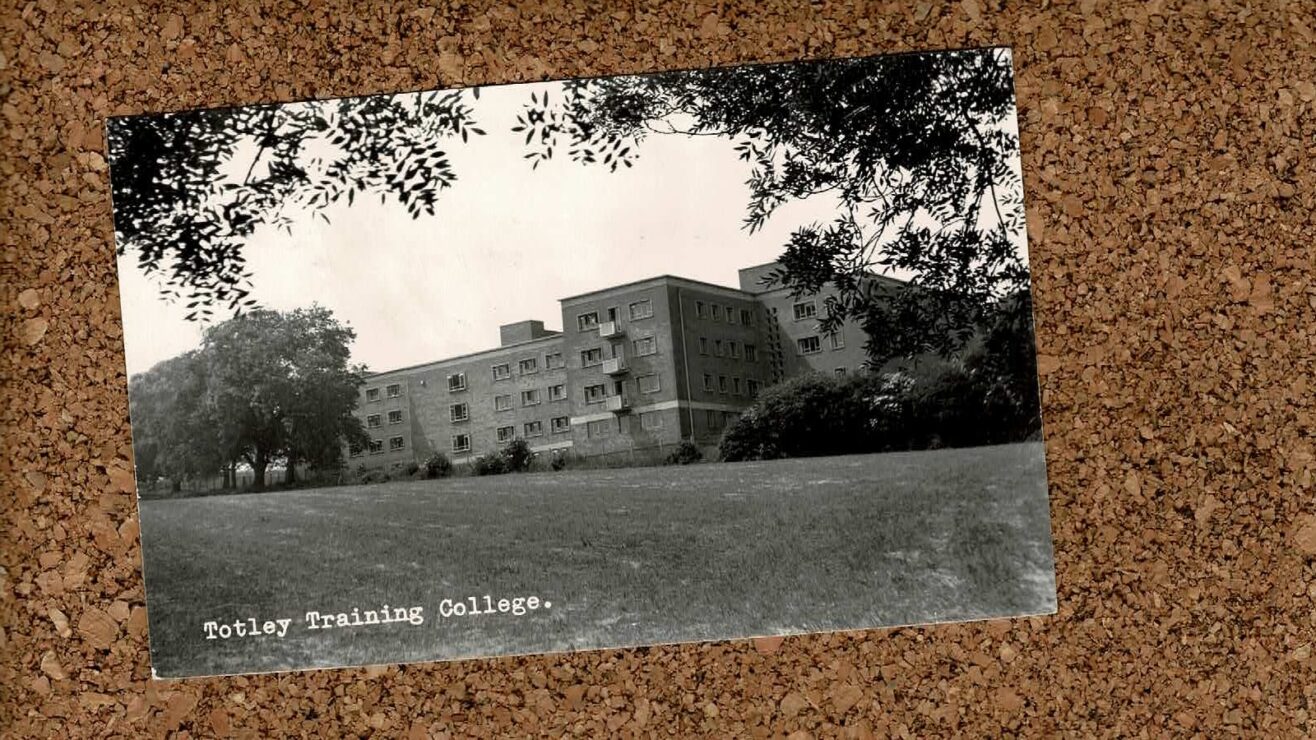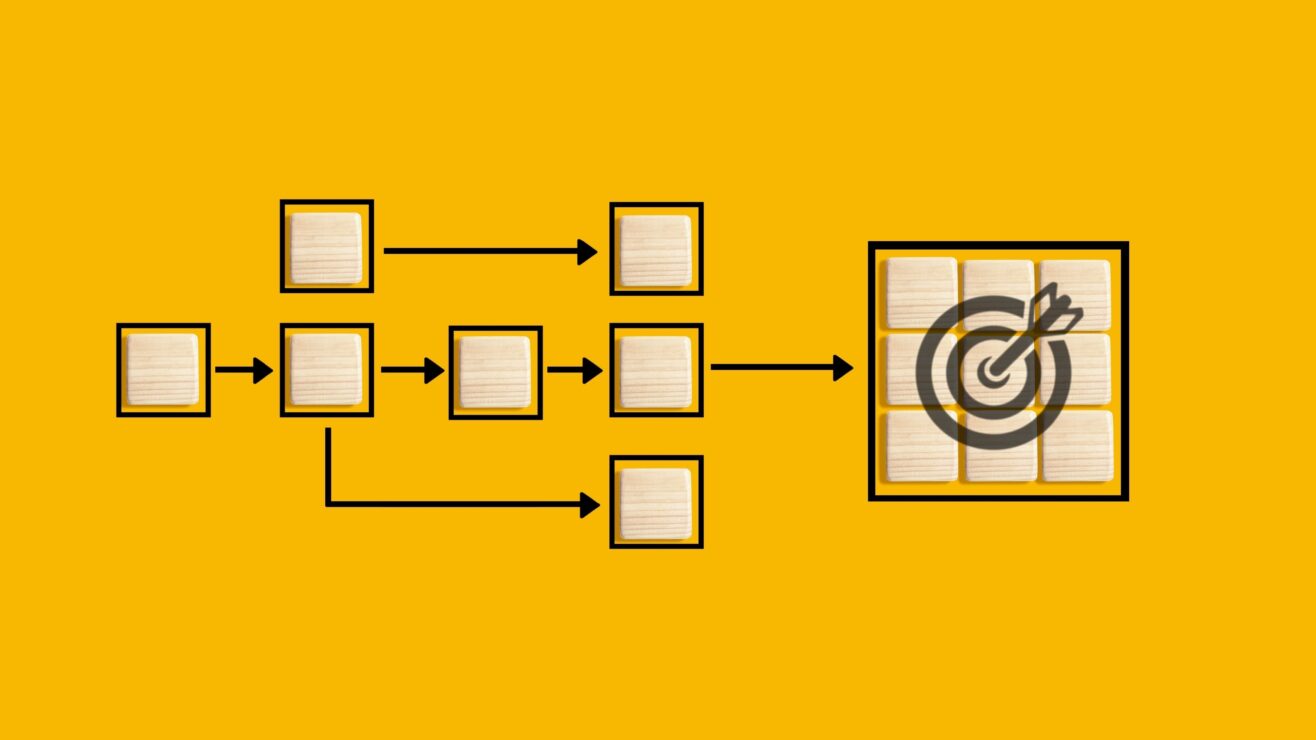Friday means Scientific Advisory Group for Emergencies (SAGE) papers release day – and this week there’s an interesting tale of advice followed, and advice set aside.
We seem to be catching up, with slowly shortening delays between discussion of papers at SAGE meetings and publication. For both of this week’s items of interest we’re actually looking at papers that went to the 22 October meeting, under three weeks ago at the time of writing and well into the university term for most.
What we have here then are two papers from the Independent Scientific Pandemic Insights Group on Behaviours (SPI-B), the SAGE sub committee that provides behavioural science advice aimed at anticipating and helping people adhere to interventions that are recommended by medical or epidemiological experts.
Switch off
Strike up the music, the band has begun. The first is on increasing adherence to Covid-19 preventative behaviours among young people, and the big headlines for higher education readers are that SAGE recommended both providing and mandating face coverings in schools, and mandating universities to switch to remote learning (again).
What we now know is that fifteen days later, DfE did indeed issue a strong “mask mandate” for schools but for whatever reason the government went on to reject the remote learning recommendation for HE. Or maybe it didn’t – given that last Saturday we got a nudge in that direction and then a nudge back towards blended to give people mental health benefits and a reason to not go home for Christmas too early. Except in adult education in FE where the nudge is still to online.
The reason there’s a paper to late October SAGE in the first place is data from an unpublished Covid-19 Social Study indicates that “complete” and “majority” compliance (categories reflecting adherence across behaviours such as social distancing, staying at home) is substantially lower and declining among those aged 18-29 years compared to older groups.
We’ve covered this adherence issue on the site before – and there are new nuggets here that underline how unrealistic it was and is to expect young people to follow the rules. Apparently polling by Ipsos Mori and the Health Foundation in July reported that young people aged 18-24 were more likely than older groups to agree that people were not following the guidance on staying at home and self-isolating when they have symptoms, staying safe outside the home (for example social distancing) visiting places such as pubs, shops other public gatherings and who and how many people they can meet with.
The paper notes that young people’s inclination, capability, and motivation to adhere might also be affected by their wellbeing – ONS data indicate that those aged 16-39 years are more likely than older people to be experiencing depression during the pandemic, and those age 18-24 are more likely to report loneliness, self-harm or financial stress. “Interventions might more successfully promote adherence if there are also interventions to address these issues and promote mental wellbeing”, says the paper.
Crucially, the evidence says that ability to adhere is affected by employment, education and housing status (money worries in other words). It notes that young people are more likely than adults to work in occupations with high social contacts and with less recourse to sick pay, which may undermine their motivation to seek testing and ability to isolate in response to symptoms. It reminds us that universities and colleges by definition also “expose young people to very large numbers of social contacts”. And even if the registrar is confident that campus is Covid secure, it points to evidence that young people are more likely to live in all-adult, crowded, multi-occupancy housing – often with poor ventilation – which may further contribute to rapid transmission.
Must try harder
If young people choose how to behave in a context of structural constraint and inequality, one of the big recommendations would have to be that better financial support is provided to those asked to isolate who do not have recourse to sick pay. We’ve left students out of the main scheme and I’m not counting the magic money twig here. So that’s a hard fail.
Because young people “are more oriented towards immediate experiences and rewards” than long term consequences, SPI-B says mobile phone data and streaming and gaming services should be provided free to those asked to isolate, and young people should be thanked for their contribution to preventing transmission. I’m sure there are pockets of the former somewhere, and I’m sure warm words are in people’s daily emails, but the main message reaching students surely hasn’t been thanks but demonisation and blame.
Fascinatingly, it says interventions should aim to modify environments, institutions, and the distribution of resources – not merely change individual behaviour. And it was to that end that it recommended universities should be mandated to switch to remote learning, and proposed DfE provide and mandate face coverings in schools. We know what happened next on that.
What’s not clear is whether the authors were taking into account all of the other factors – like mental health and the risks of people moving “home” when they made that recommendation. Given DfE keeps knocking SAGE back on what is turning out now to be a repeated plea, you’d have to hope that some unpublished work is actually modelling the risks and rewards – booth in relation to the rest of this term and January. Surely the whole decision isn’t just ideological and political?
Think positive
The second paper is on positive strategies for sustaining adherence to infection control behaviours, and it’s also fascinating in our context. For example, its opening gambit on the importance of “positive alternatives when you restrict things” couldn’t be more relevant to us when we look at student life:
When people are forced to stop or suppress a valued behaviour (e.g. social mixing) this can lead to negative emotions (anger, depression) and sometimes the suppressed behaviour may be replaced by another undesirable behaviour (e.g. conflict with those imposing the behavioural restrictions; social mixing at locations that are less “covid secure”)”
Well, yes. That therefore means that when introducing unavoidable restrictions on behaviour to reduce infection transmission it “may therefore be helpful” to suggest and positively encourage less risky alternative behaviour:
For example, whenever announcing that a particular form of social interaction needs to be avoided (e.g. indoor mixing at university, hospitality settings or the home) then actively propose and support less risky forms of mixing. These could include carrying out the activity outdoors, socially distanced (e.g. fireworks or doorstep celebrations to replace indoor celebrations), online (e.g. actively facilitating peer interaction between staff working from home or quarantining students), in a different way (e.g. greeting with hand over heart gesture to replace embrace) or at a later date (e.g. planning a summer family get together to replace meeting at Christmas).
The problem is that this isn’t what we’ve done. When we had the opportunity to support SUs to arrange socially distant, risk assessed, society activity we (by and large) instead banned it. When we had the chance to ensure that students don’t congregate off campus in takeaways, we ignored them and told commuters to go home to eat their bacon bap. It’s your classic harm reduction stuff – but we backed off because of the optics.
There’s lots of other interesting things in there about positive feedback, new social customs and helping people to identify situations where they find it difficult to avoid risky behaviour and working with them to create acceptable solutions. There’s also a really important bit on focussing on whether and how people are trying to reduce infection risk, rather than “compliance” with “rules” which several universities seem to be ignoring as an approach.
Lots to think about, if we can be a bit braver – and a bit more led by science rather than ideology – in relation to January.













